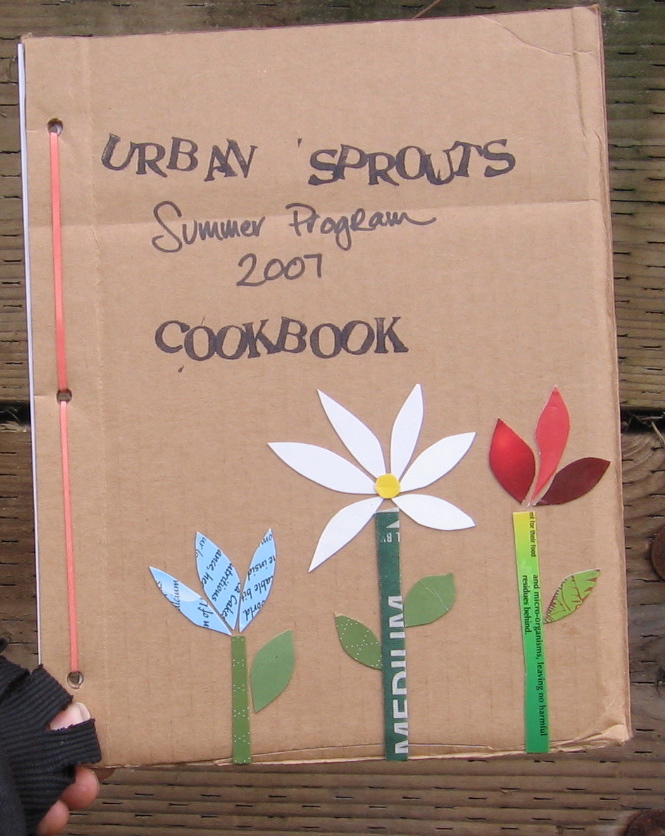 During the Urban Sprouts summer program with Garden for the Environment we did a great taste test where youth rated various qualities of corn based foods. It was AMAZING to watch their assessment. The highest scoring item out of a selection of fresh steamed corn on the cob, canned corn, corn chips, corn tortillas and a Coca Cola brand soda was...are you ready for this?...fresh corn on the cob. However, one the most fascinating aspects of the rating was that a bottle of Coca Cola brand soda rated the highest of all five for how appealing it appeared. This raised big questions for me. Are kids and youth relating the quality of food to its corporate branding? Are their food preferences in part a fabrication of marketing culture?
During the Urban Sprouts summer program with Garden for the Environment we did a great taste test where youth rated various qualities of corn based foods. It was AMAZING to watch their assessment. The highest scoring item out of a selection of fresh steamed corn on the cob, canned corn, corn chips, corn tortillas and a Coca Cola brand soda was...are you ready for this?...fresh corn on the cob. However, one the most fascinating aspects of the rating was that a bottle of Coca Cola brand soda rated the highest of all five for how appealing it appeared. This raised big questions for me. Are kids and youth relating the quality of food to its corporate branding? Are their food preferences in part a fabrication of marketing culture?Pediatricians at Standford University have asked this very question. Which leads me to the New York Times piece, If It Says McDonald’s, Then It Must Be Good an article on the findings from this research. Stanford researchers held taste tests with 63 children ages 3-5, kids were served equally prepared food items, including baby carrots. A portion of each item was served in McDonald's branded packaging and in white nonbranded packaging. Results for the carrots showed 54 percent of the kids preferred carrots in branded packaging and 23 percent preferred the unbranded, the remaining 23 percent thought they tasted the same. Another remarkable find of the researchers was that, "the more television sets in the house, the more likely a child was to prefer McDonald’s branded food." The article ends with a great quote from one of the lead pediatricians of the study, Dr. Thomas N. Robinson, 'We often hear that parents are the ones responsible for their kids’ nutrition but in reality there are these other factors, created by a tremendous amount of advertising effort, that undermine parents’ ability to make healthy choices.'
Advertisers may work against parents at times, but then where are kids being exposed to the greatest number of advertisements? Parents and families can do as the champion mother is doing in the Champions for Change campaign and pick up the remote control, turn the television off and garden with their kids to create their own culture and respect for fresh healthy food.
garden and nutrition








